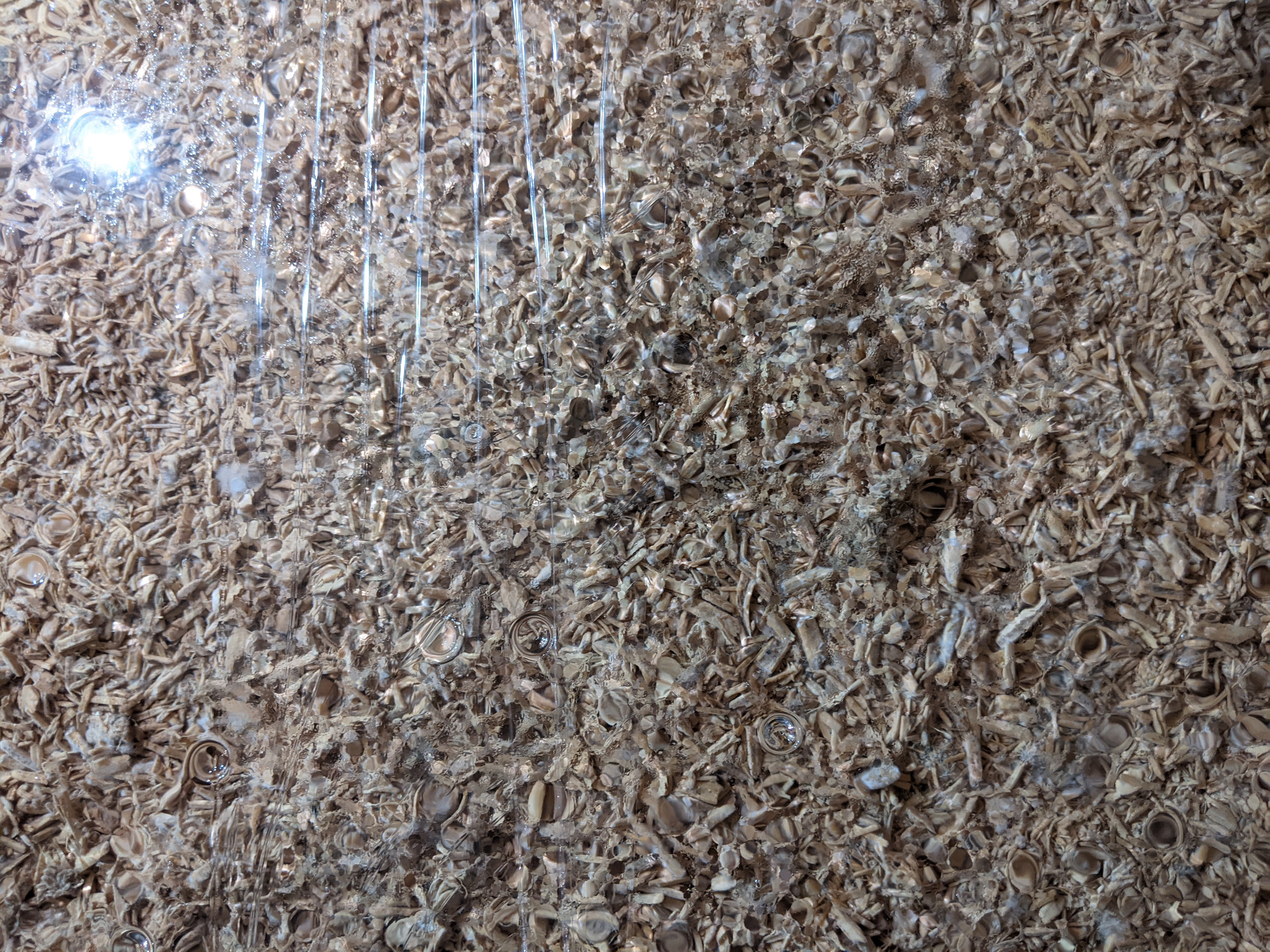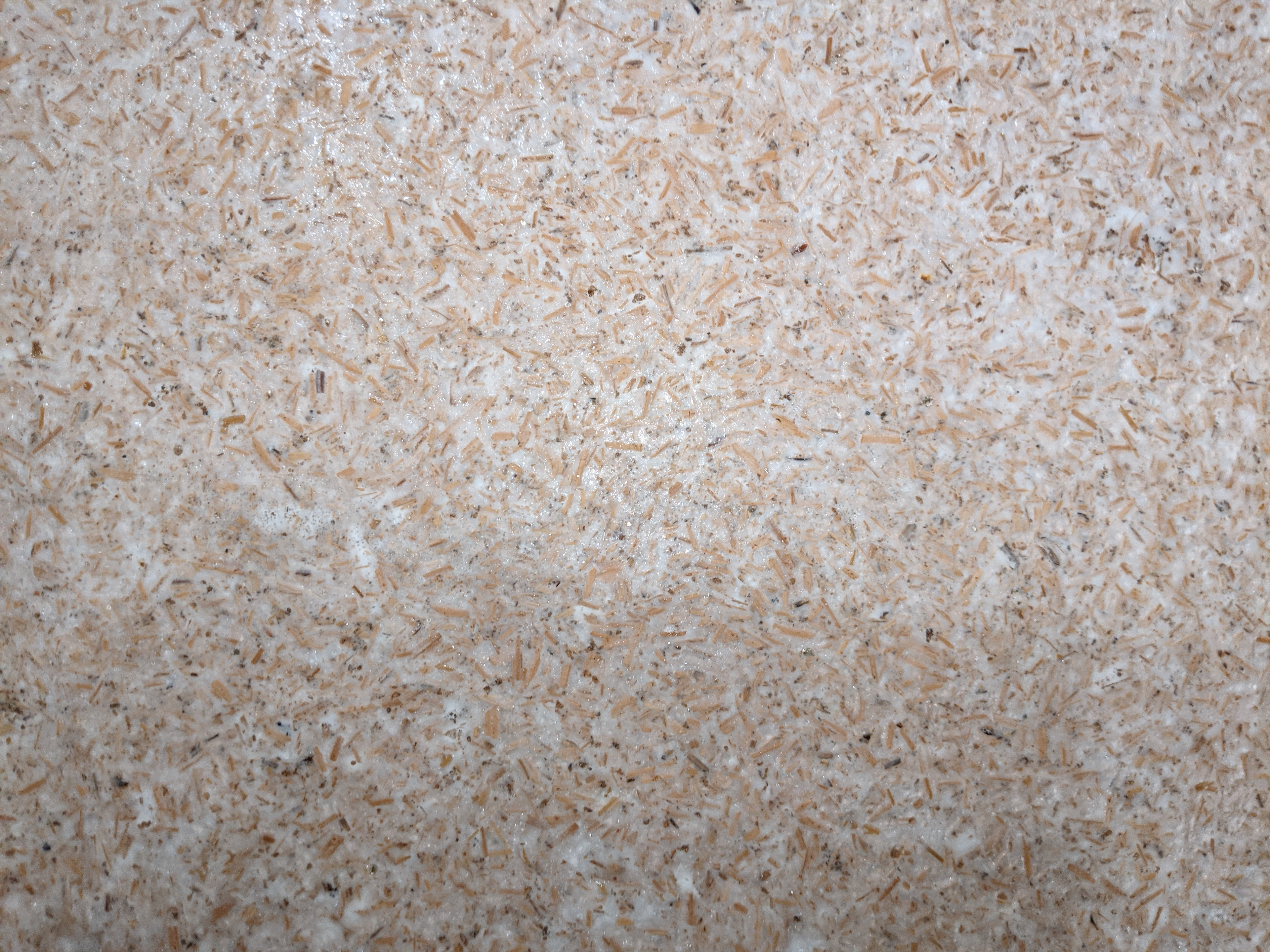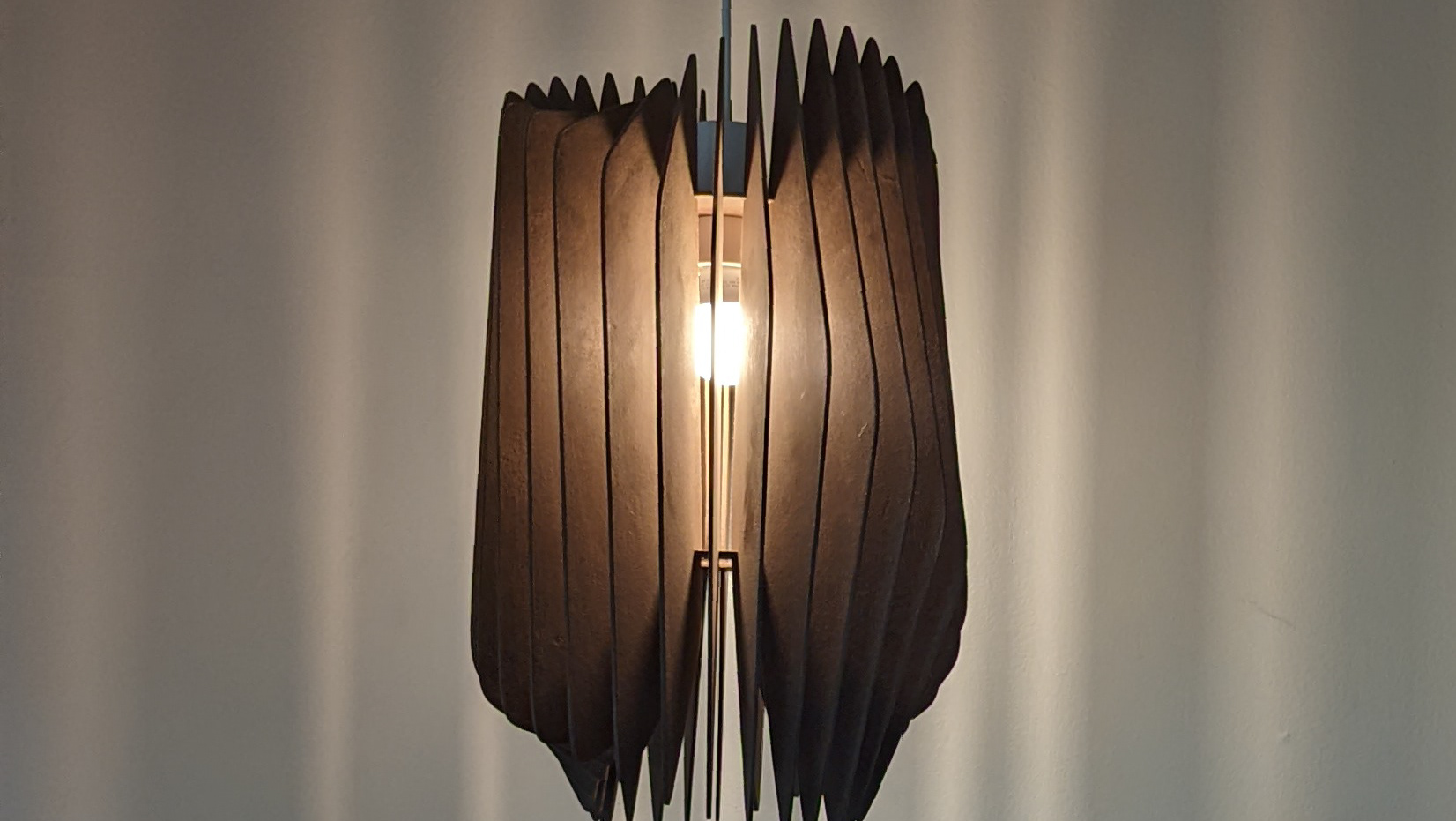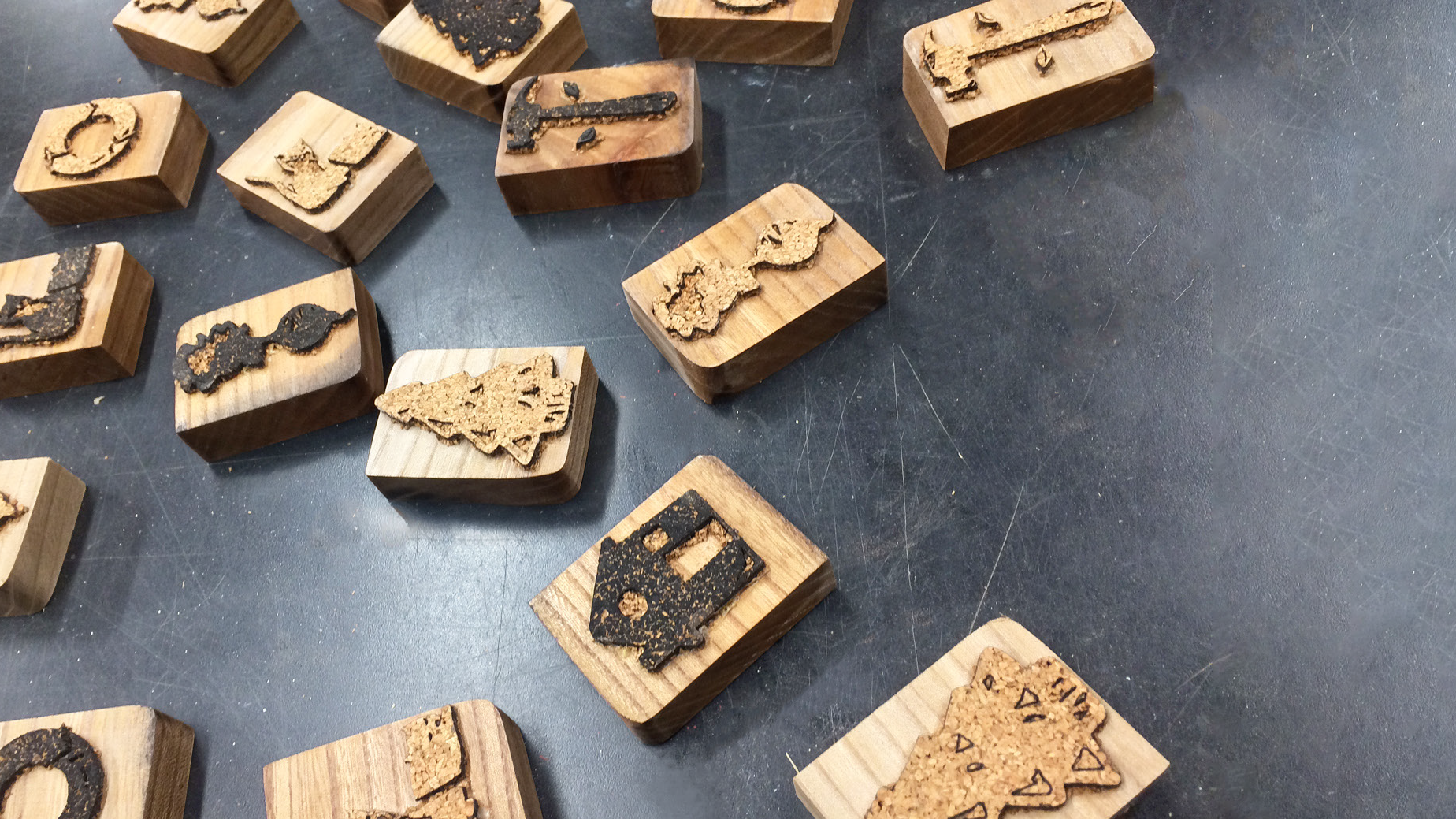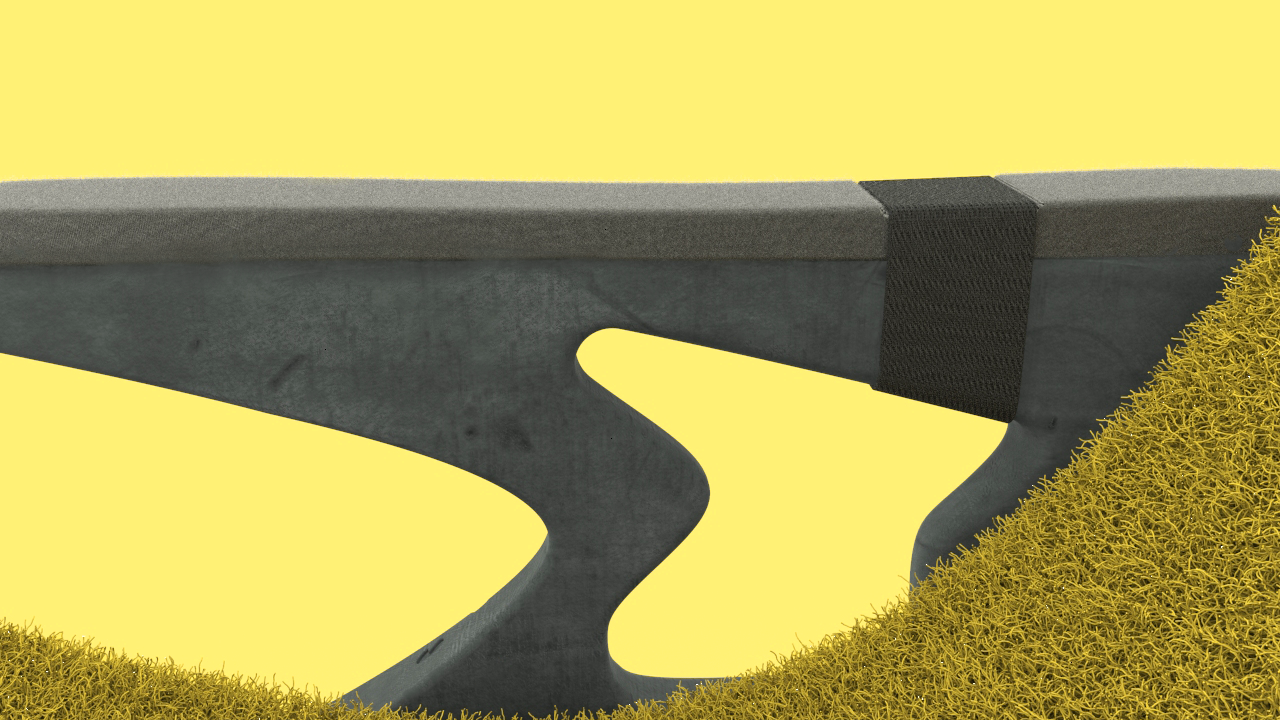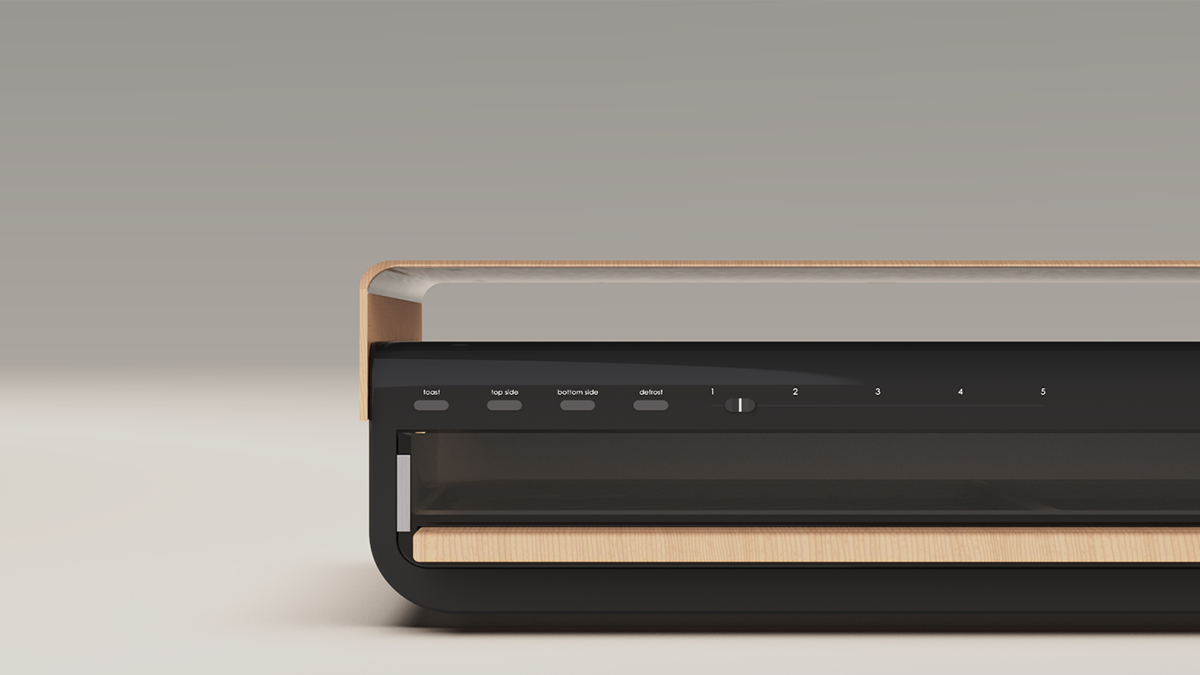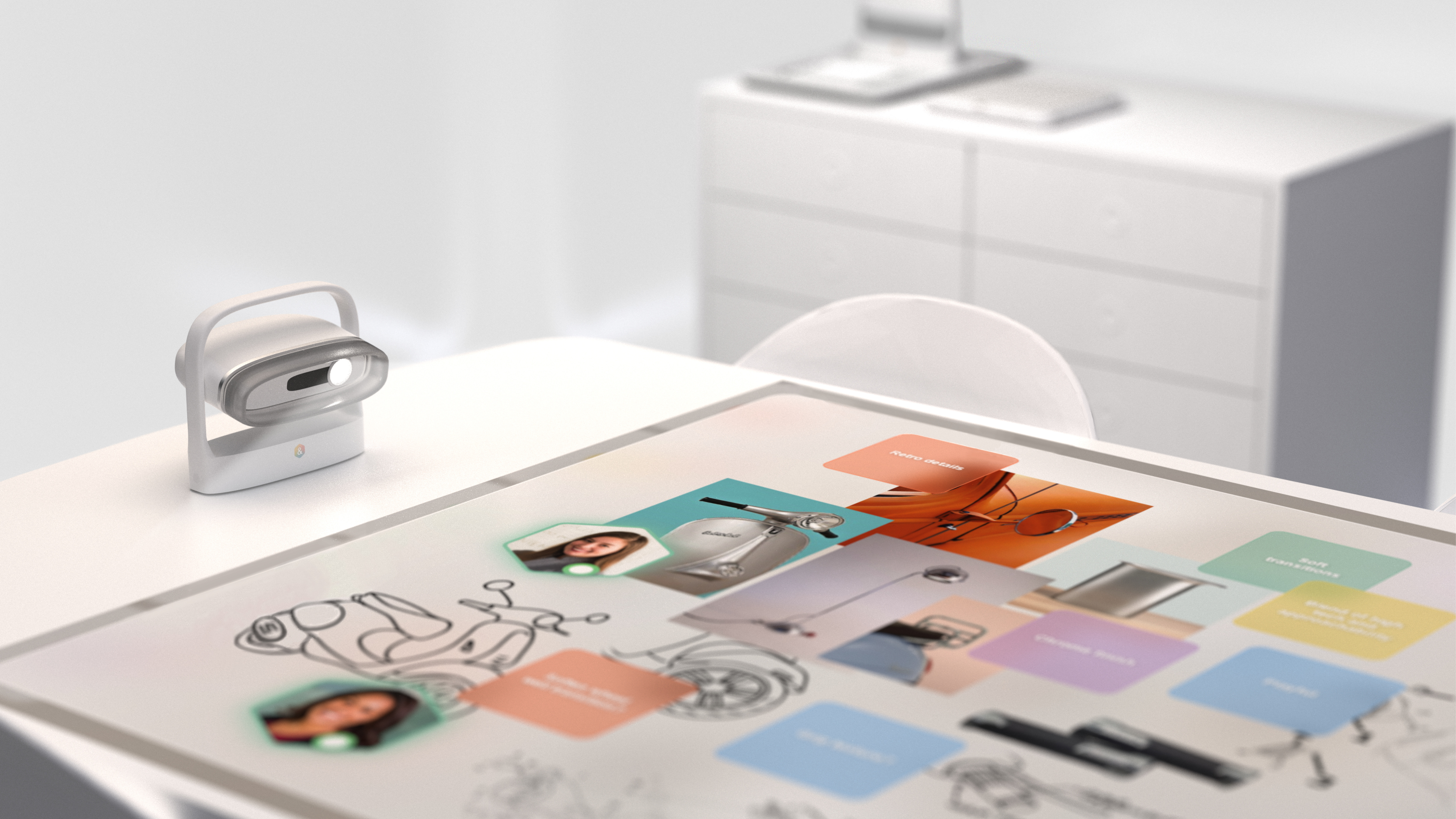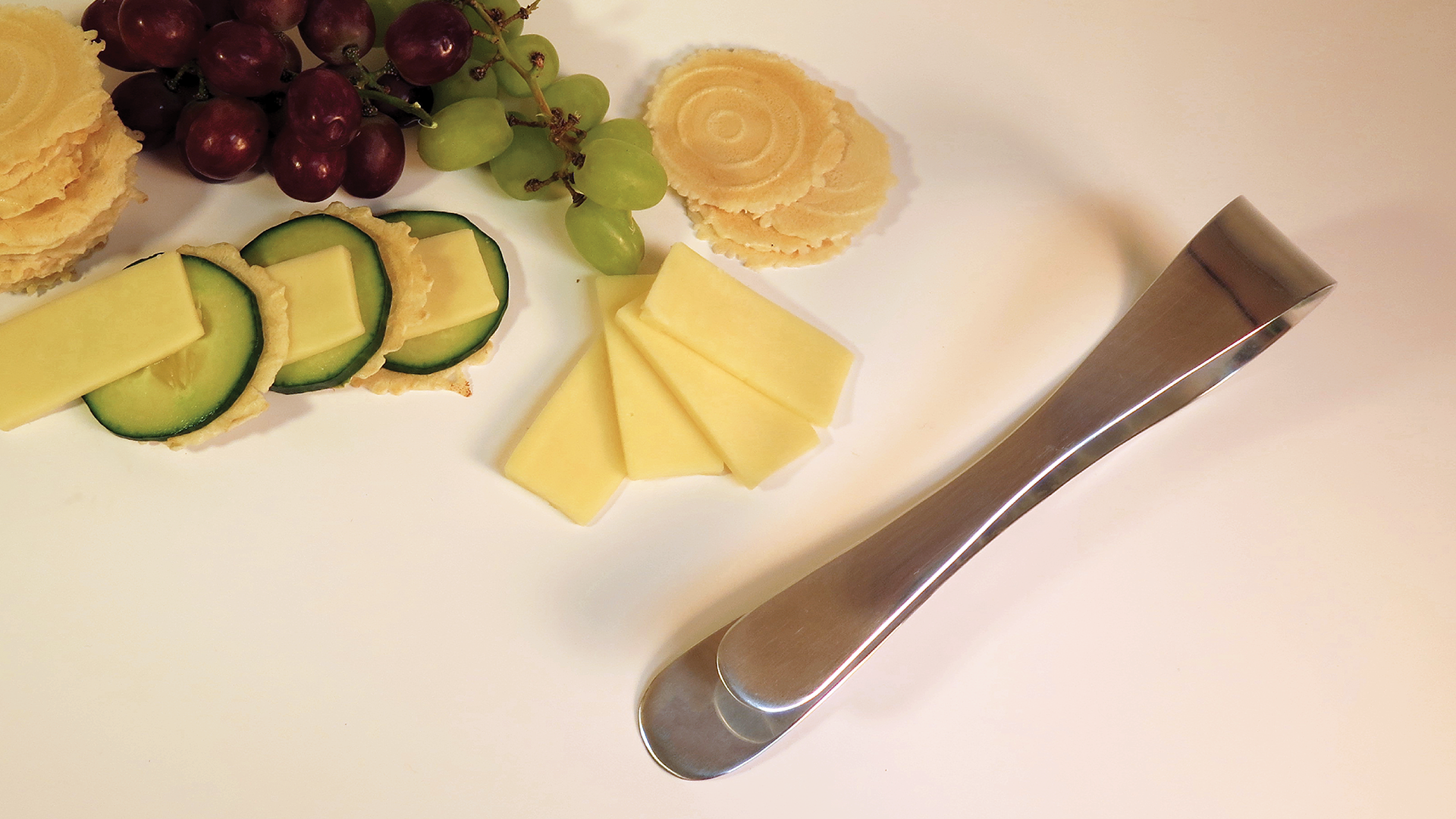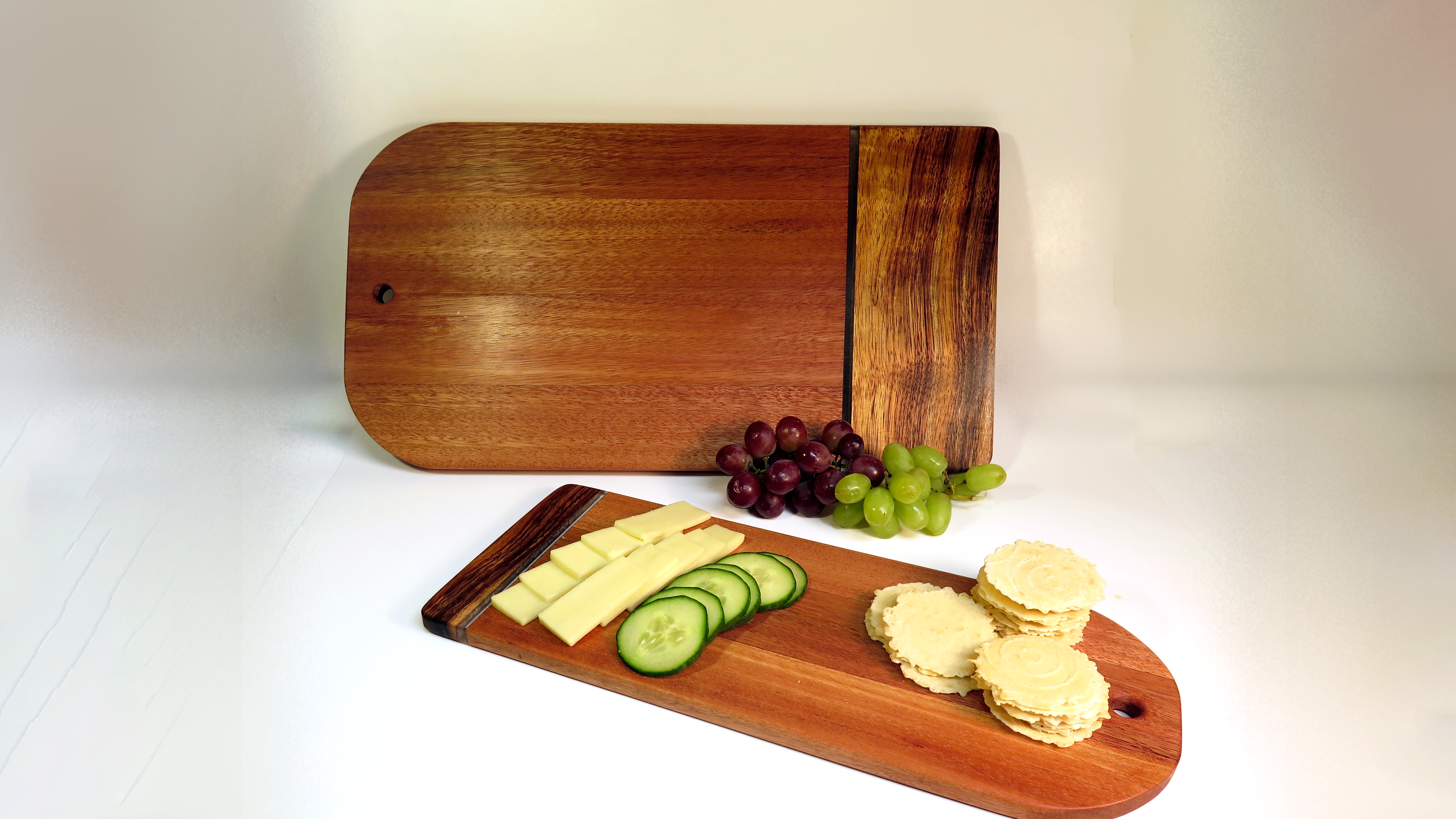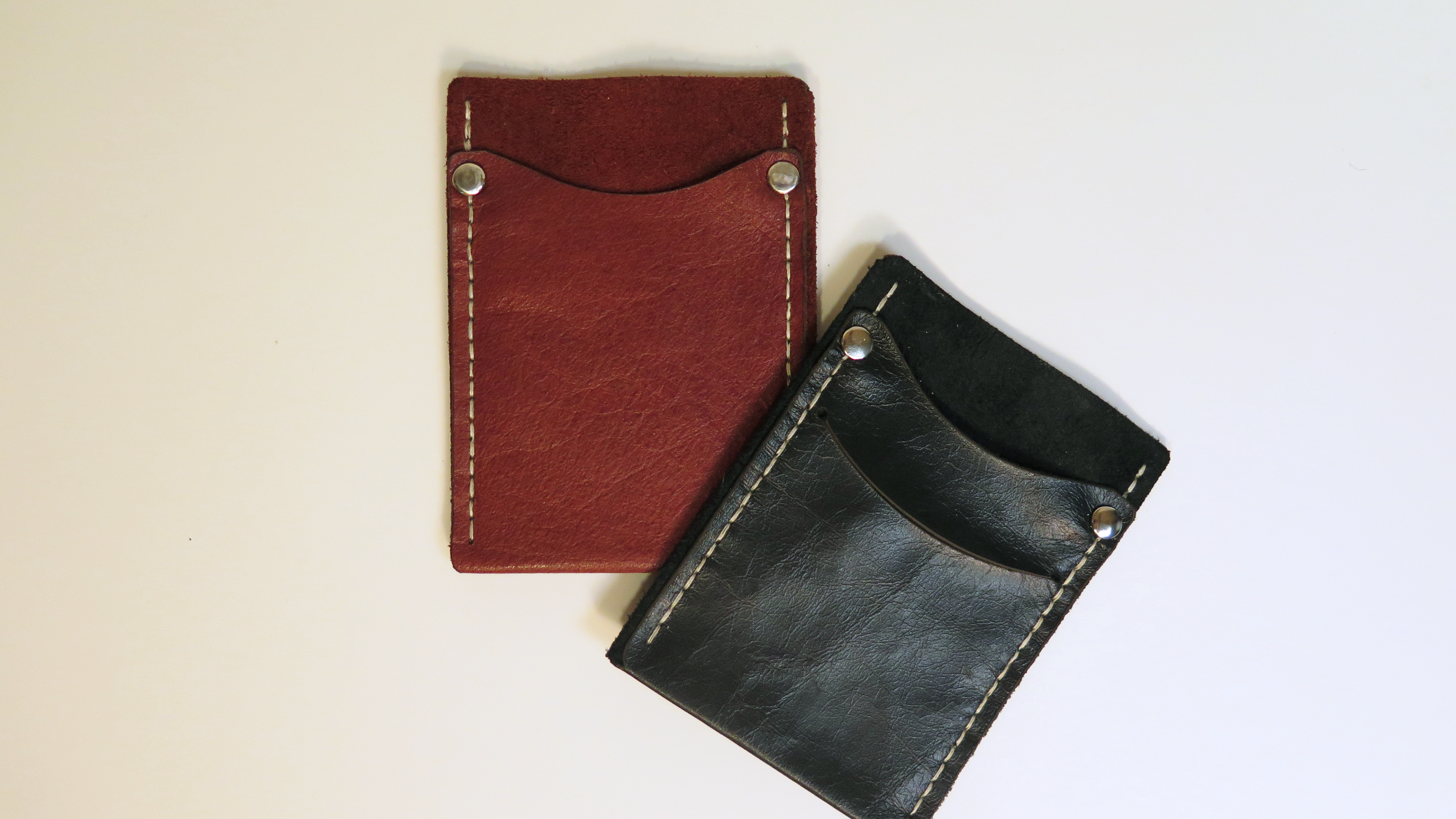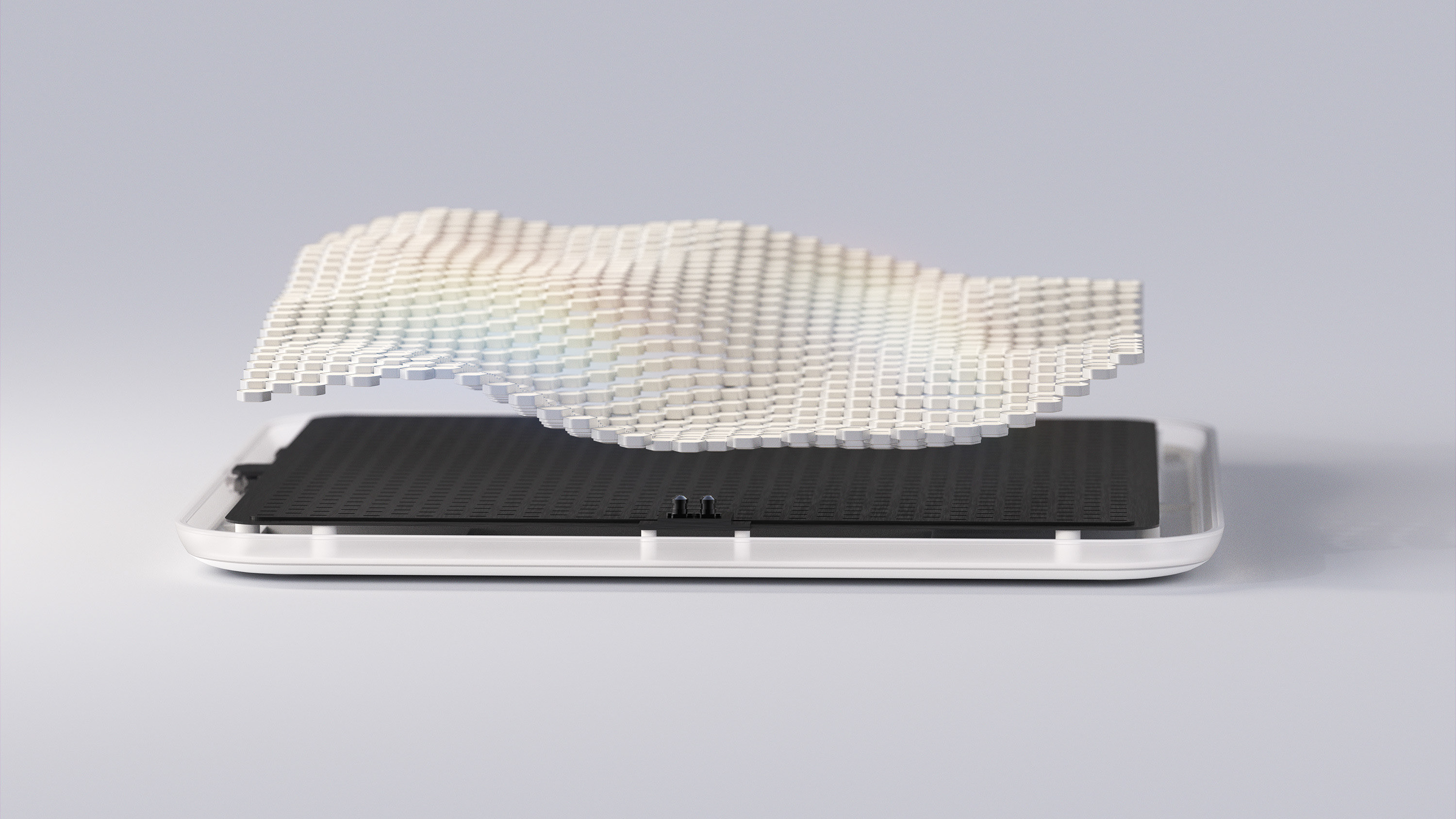The COVID-19 pandemic has changed life as we'd known it for people all around the world. Through the unpredictability and chaos of dealing with a global crisis, many people have found themselves thrust into surprising circumstances. For some, it has meant conducting their work and business from home, an environment that is often not catered towards long work hours.
I have been tasked with designing a trio of modern, elegant, work-from-home centered furniture for a hypothetical Italian manufacturer. Per the brief, the final set is expected to be fresh and exciting, while still complimenting the firm’s classic style. Special attention should be given to human behavior, manufacturing methods, use of recycled or renewable materials, and innovations in assembly and packaging.
Before the ideation phase, it is essential to research intended users and their current work-from-home environment. This involved reaching out to over a dozen interviewees and recording their responses to their work-from-home experience. Interview feedback highlighted a number of priorities as well as areas for improvement and innovation. Maintaining a regular dialogue with interview subjects provided insight into consumer preferences and habits which influenced the design throughout the refinement and selection process.
After conducting numerous interviews, the next step is to condense feedback and identify the various trends, preferences, and needs of users.
These valuable user insights provide a framework of criteria for future designs to be compared against. They also function as inspiration keywords for the following ideation phase.
During the research and ideation phases, modern trends and consumer preferences were noted to create a mood board to guide the design process. These preferences are especially useful when approaching the CMF part of the process, as these designs will become fully-fledged products realized in full-scale and true materials. As for sustainability, CMF choices can often separate "fast fashion" type designs from "cradle to cradle" designs.
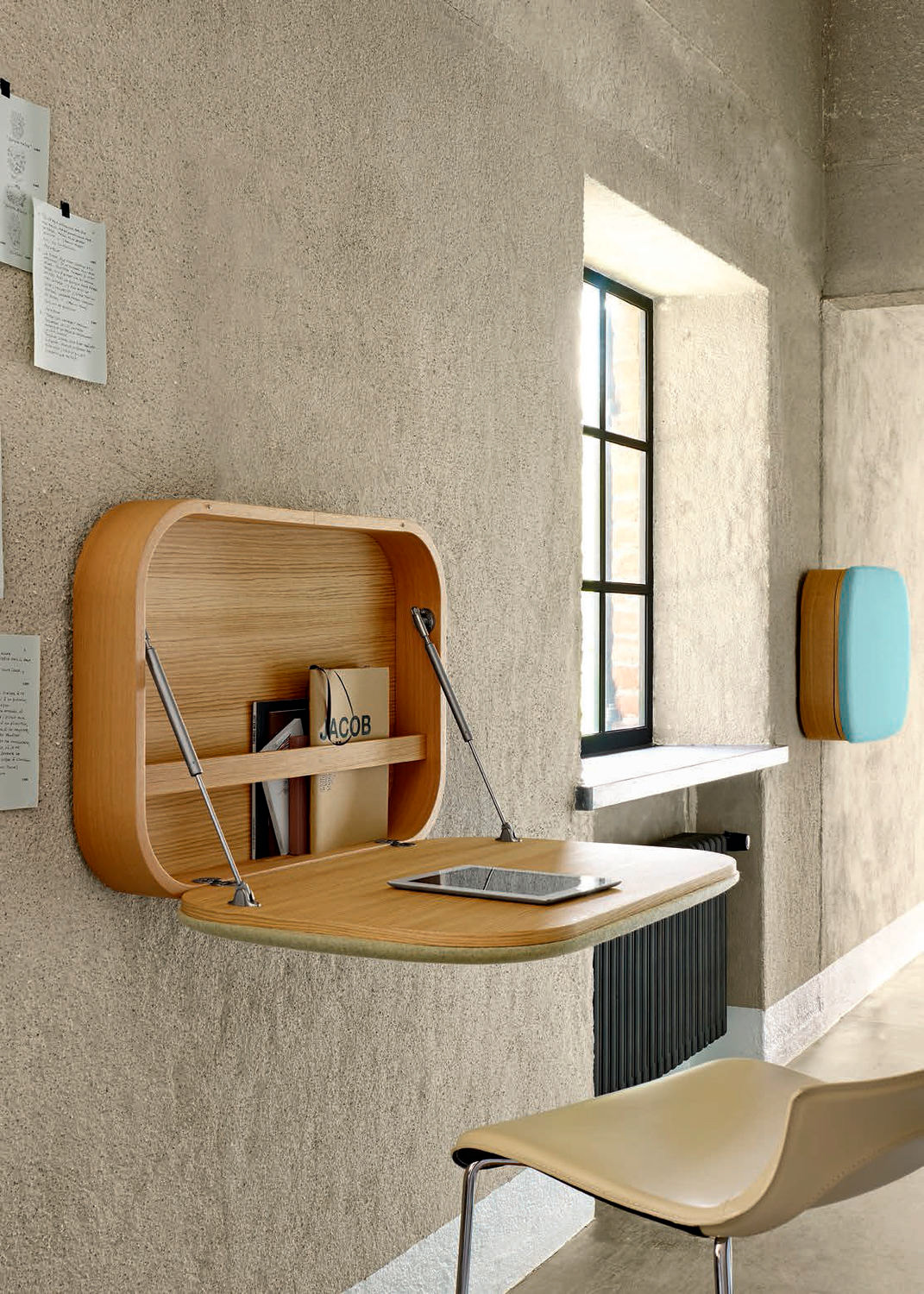
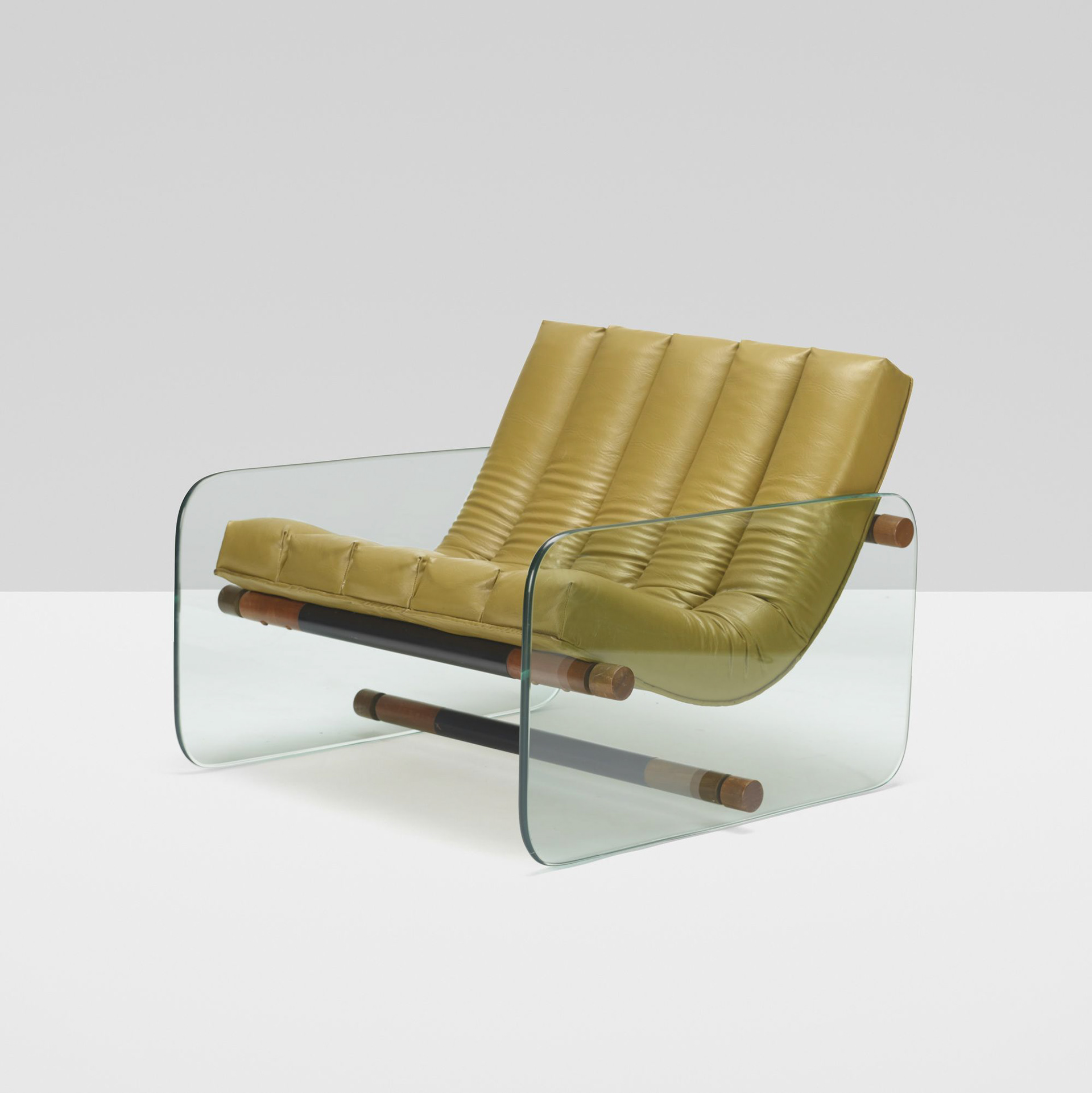


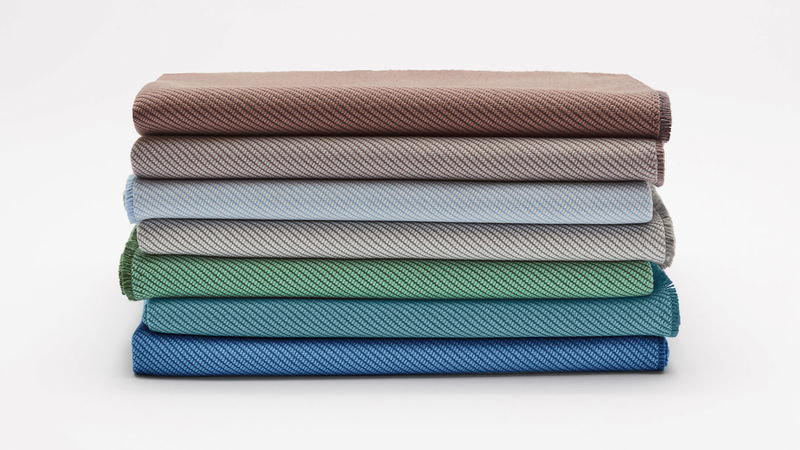
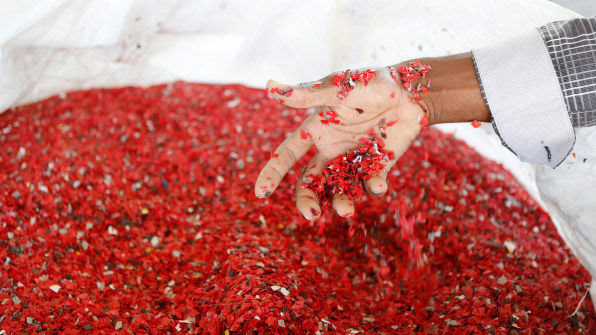
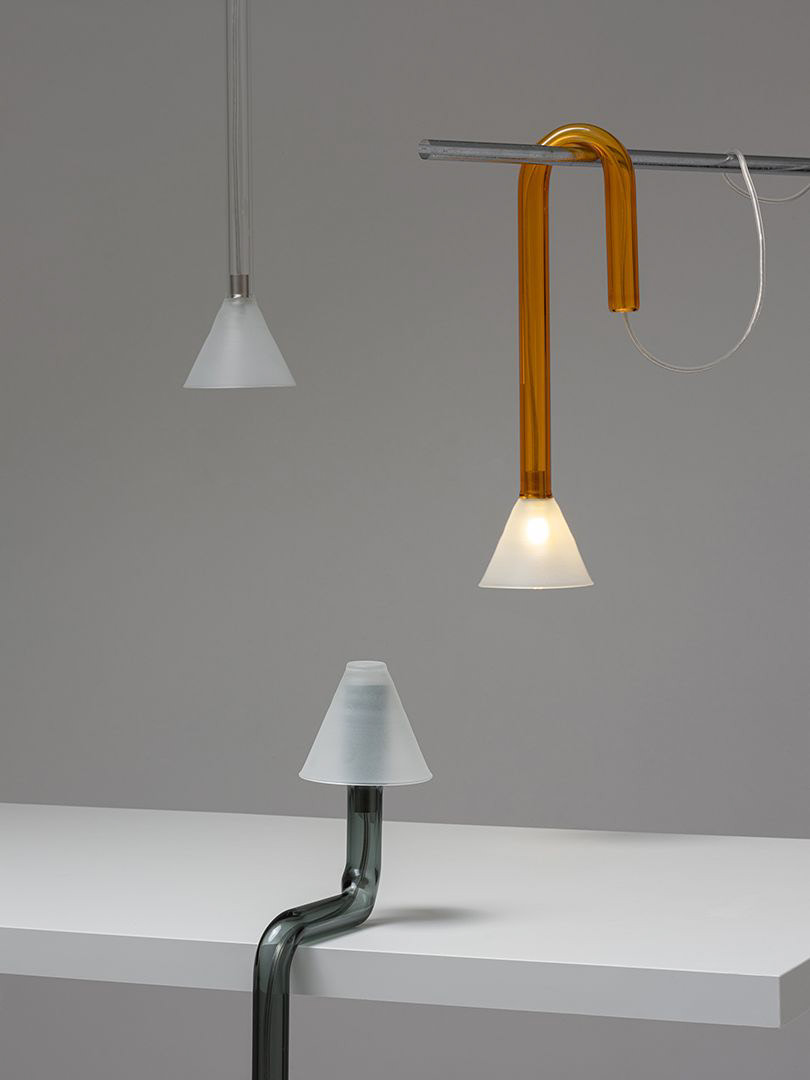
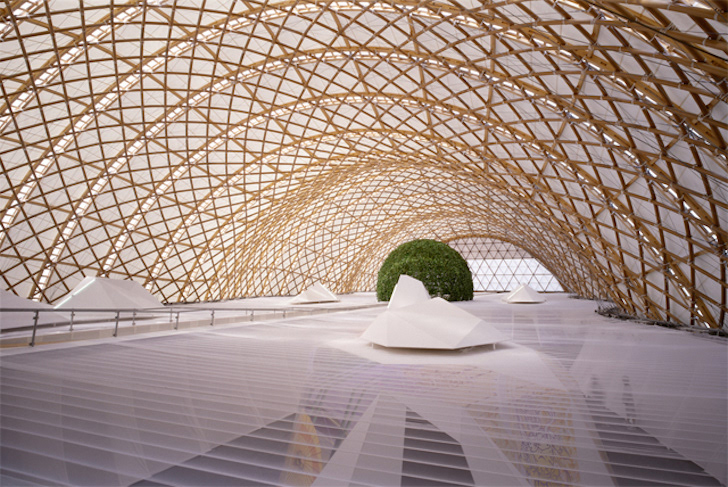
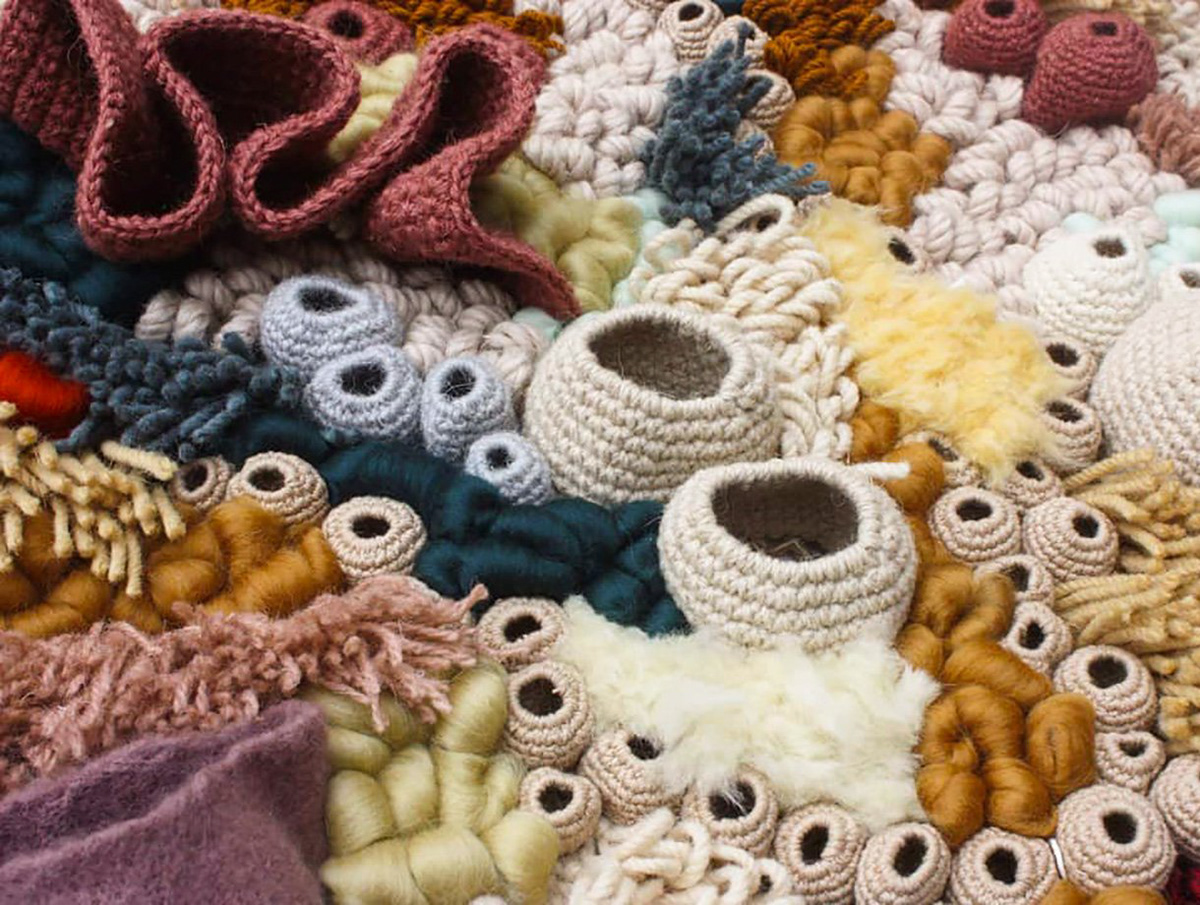

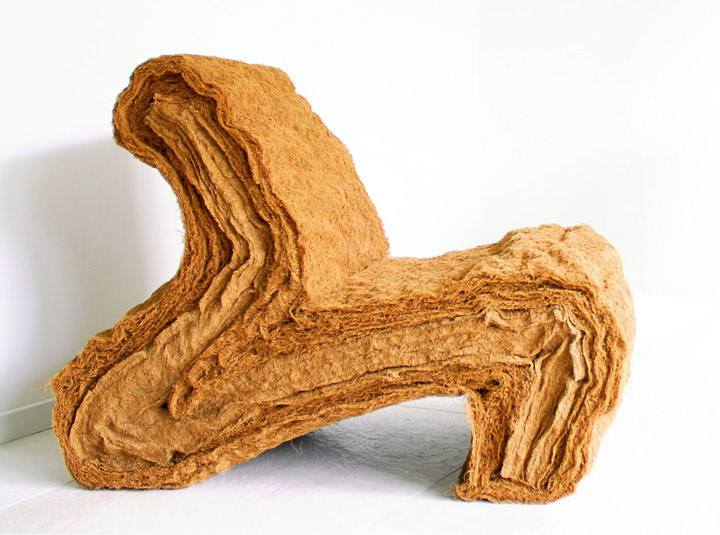
While some buyers are drawn to highly manufactured, non-recyclable materials, environmentally-conscious consumers know that the genuine beauty of a product is often the natural beauty which it preserves. With more people working from home now than ever, it is crucial the furniture they utilize sustains the world they live in, as well as their productivity. It’s also important to recognize that work-from-home may end for many people over the coming years, so the furniture they buy now should be able to be repurposed in their homes, or returned to the environment with little to no impact.
After feedback from peers and interviewees, concept selection and development begins.
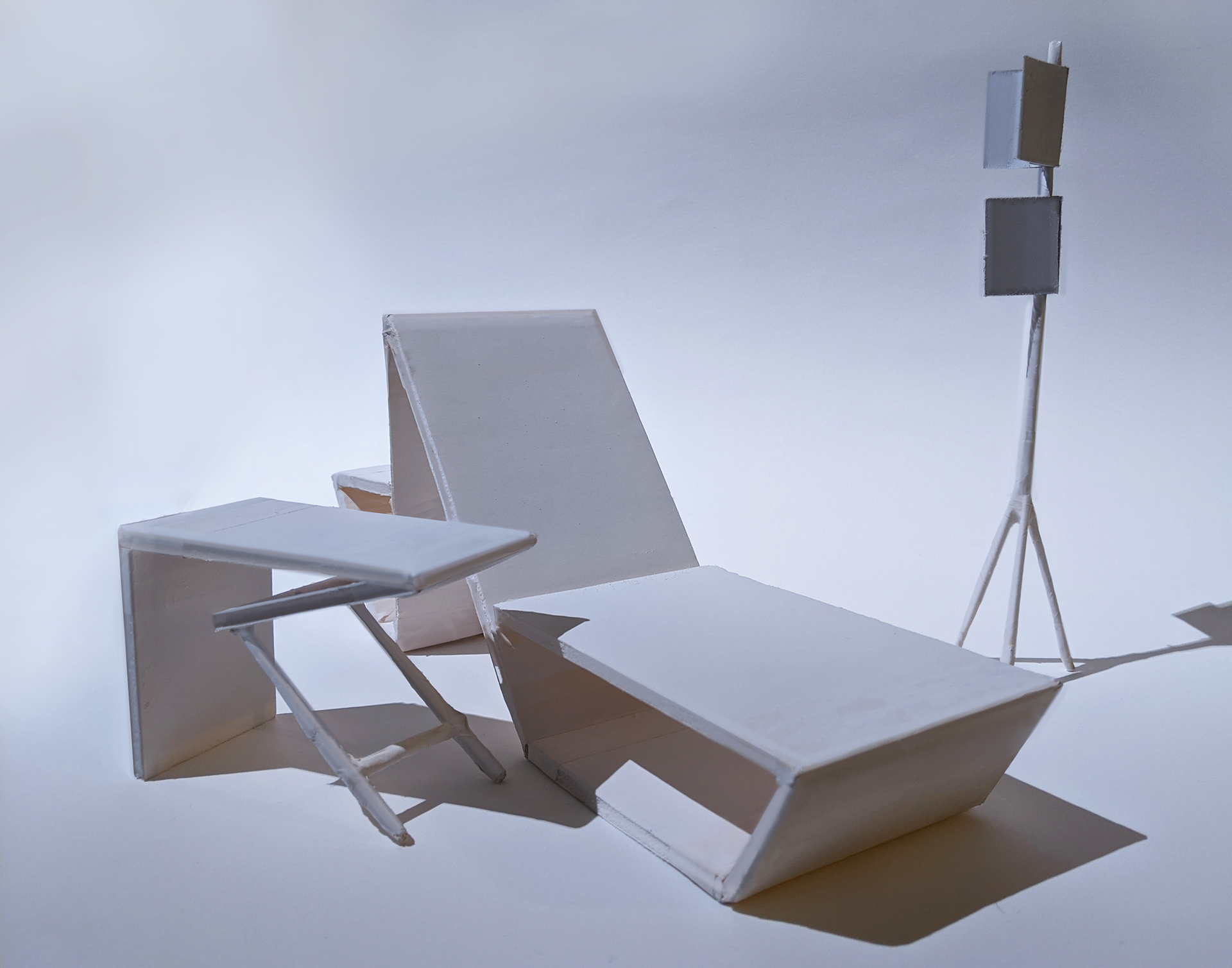
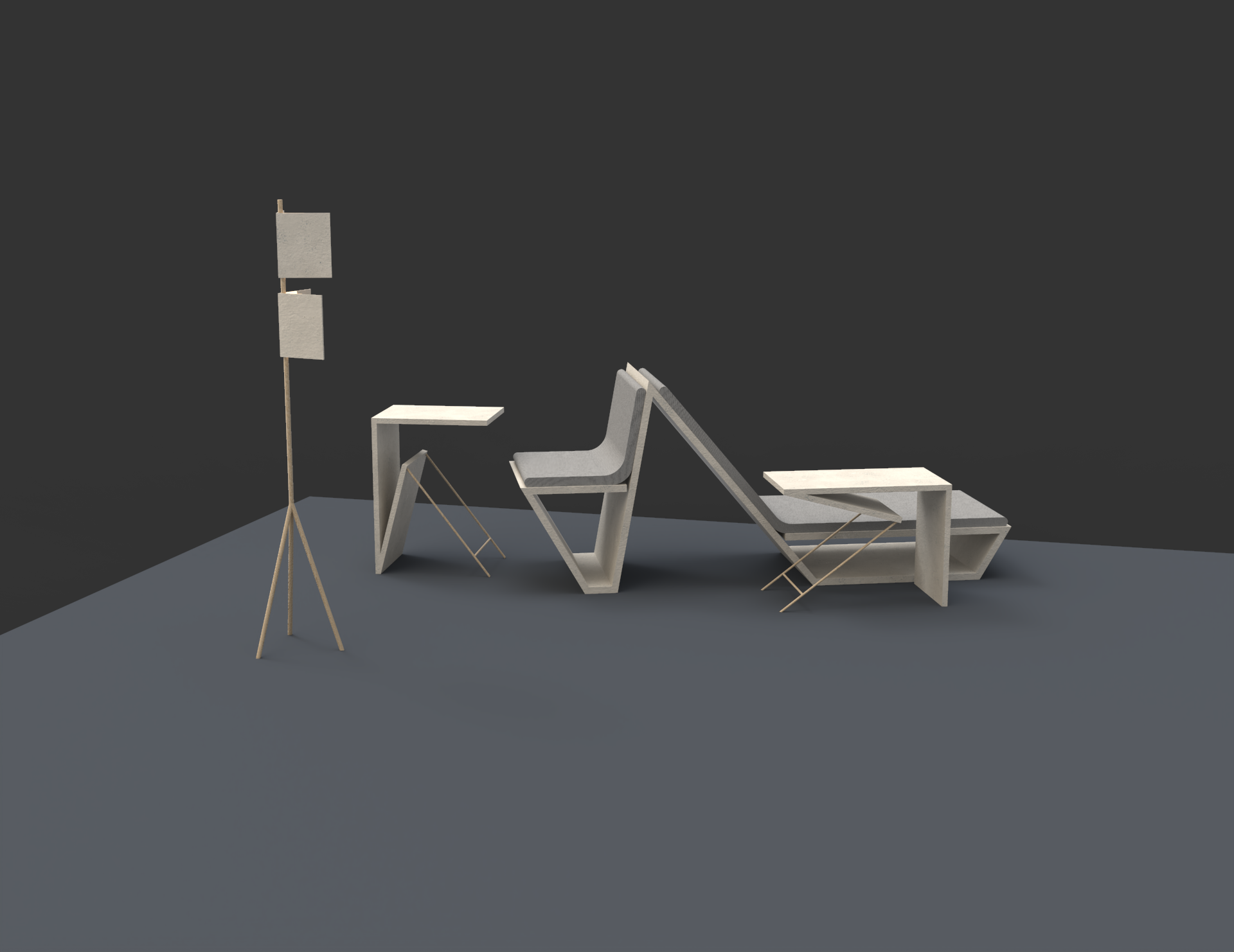
Concept 1: Back-to-Back Trio
This collection features a large two-seater sectional, for sitting upright as well as lounging. The table may be rotated 90 degrees to either stand at desk or coffee table height, depending on whichever seat is being used. A multi-point, standing lamp illuminates both seats, independently or simultaneously. This concept allows workers to choose their orientation based on their tasks and desired comfort level, and encourages them to change get up and change positions once in a while; all while still maintaining a contained workspace.

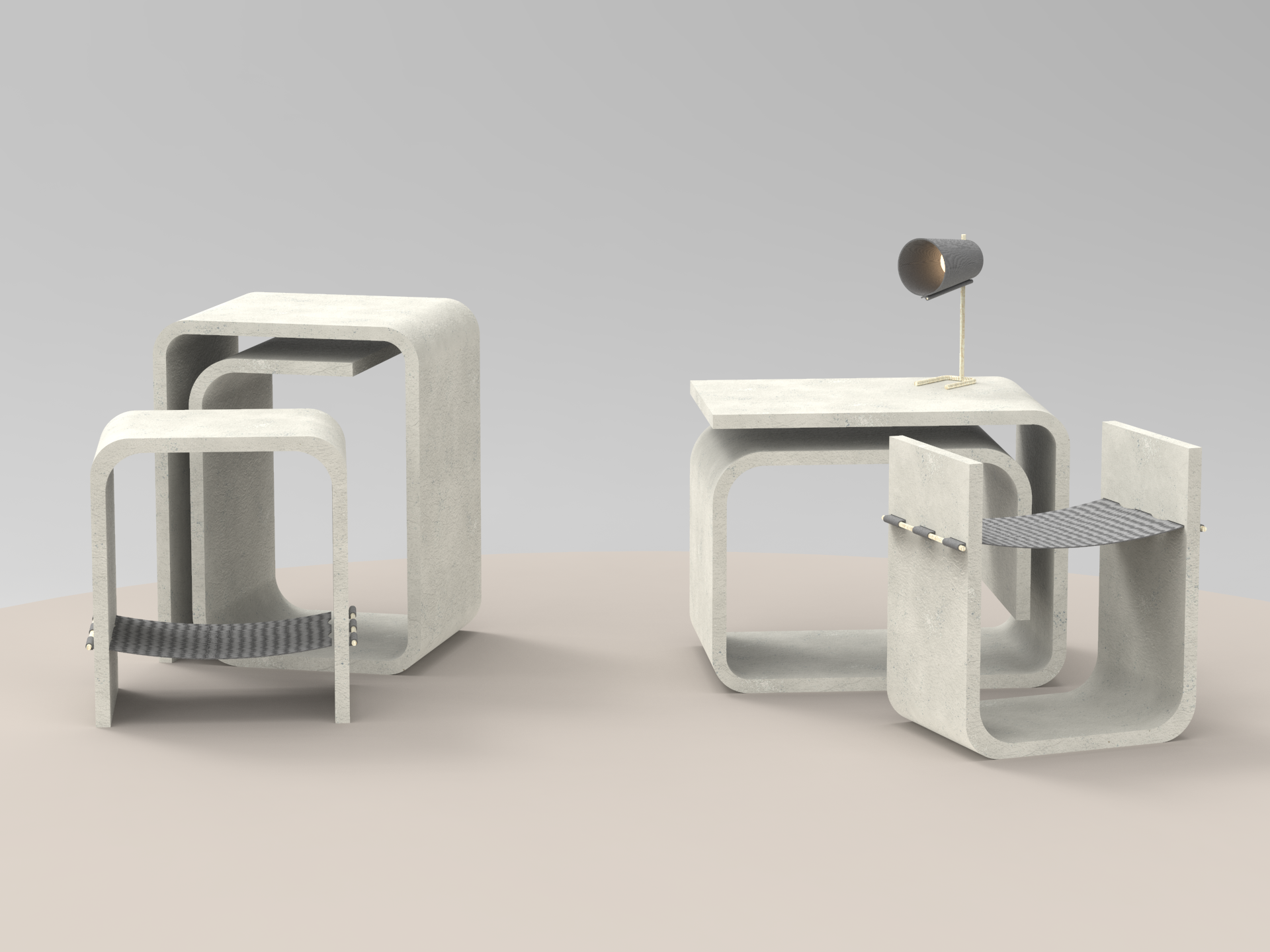
Concept 2: Curved Trio
Again inspired by the need for movement while working from home, this invert-able collection lets users easily switch from a desk-height workspace to a counter-height one. The simple geometry can be oriented for your workspace needs. The chair includes a segment of cloth which may be used as the sitting surface in one orientation; and when the chair is flipped 180 degrees, the cloth can be used as a shelf for holding books, papers, or even your favorite furry friend. The table only needs a 90 degree turn to change the function. The table design includes horizontal platform directly under the topmost layer, for stowing keyboards and documents.
After initial concept development, designs were taken to peers and interviewees for additional feedback. Further user insights resulted in further revisions and iterations.
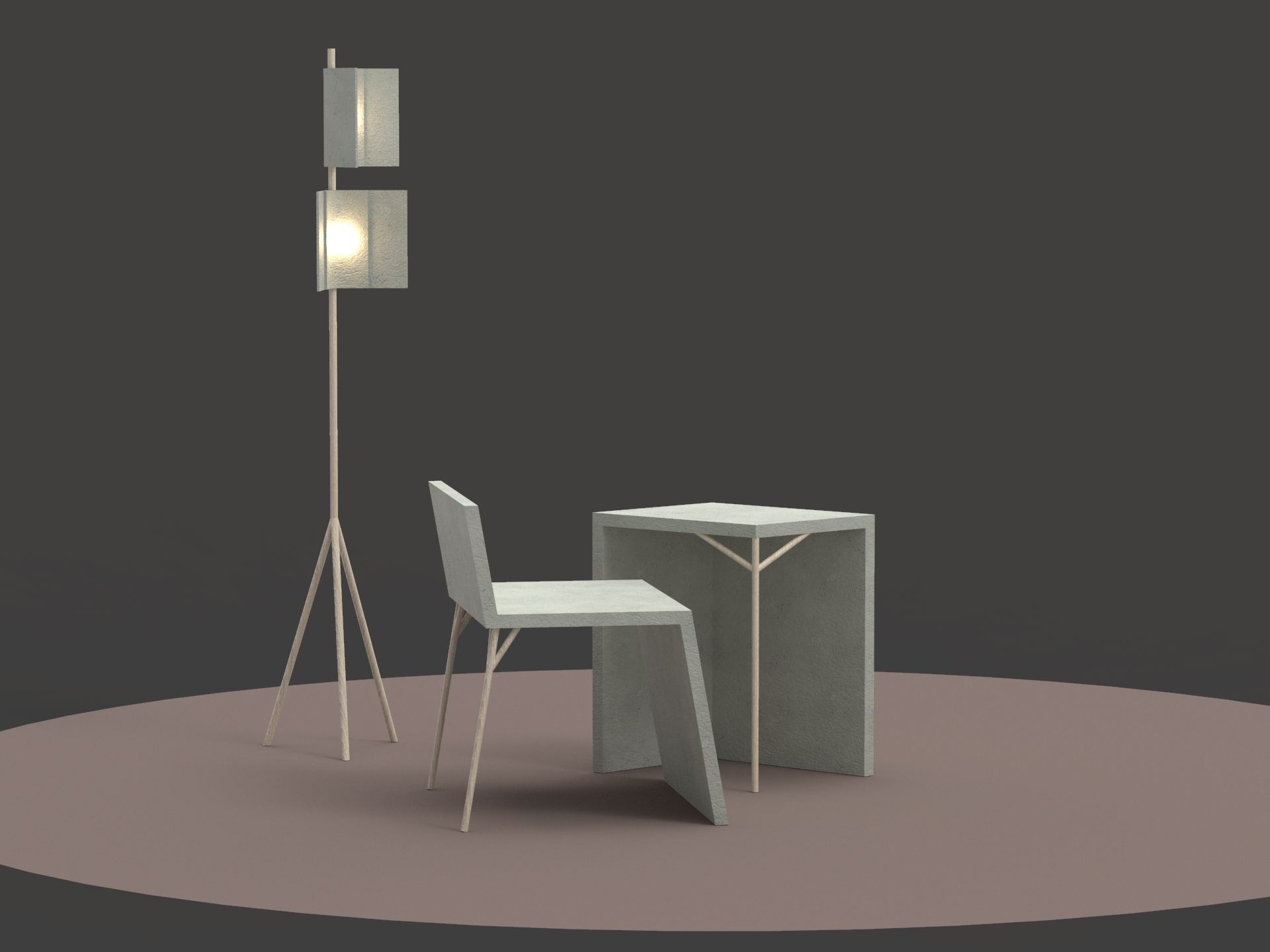

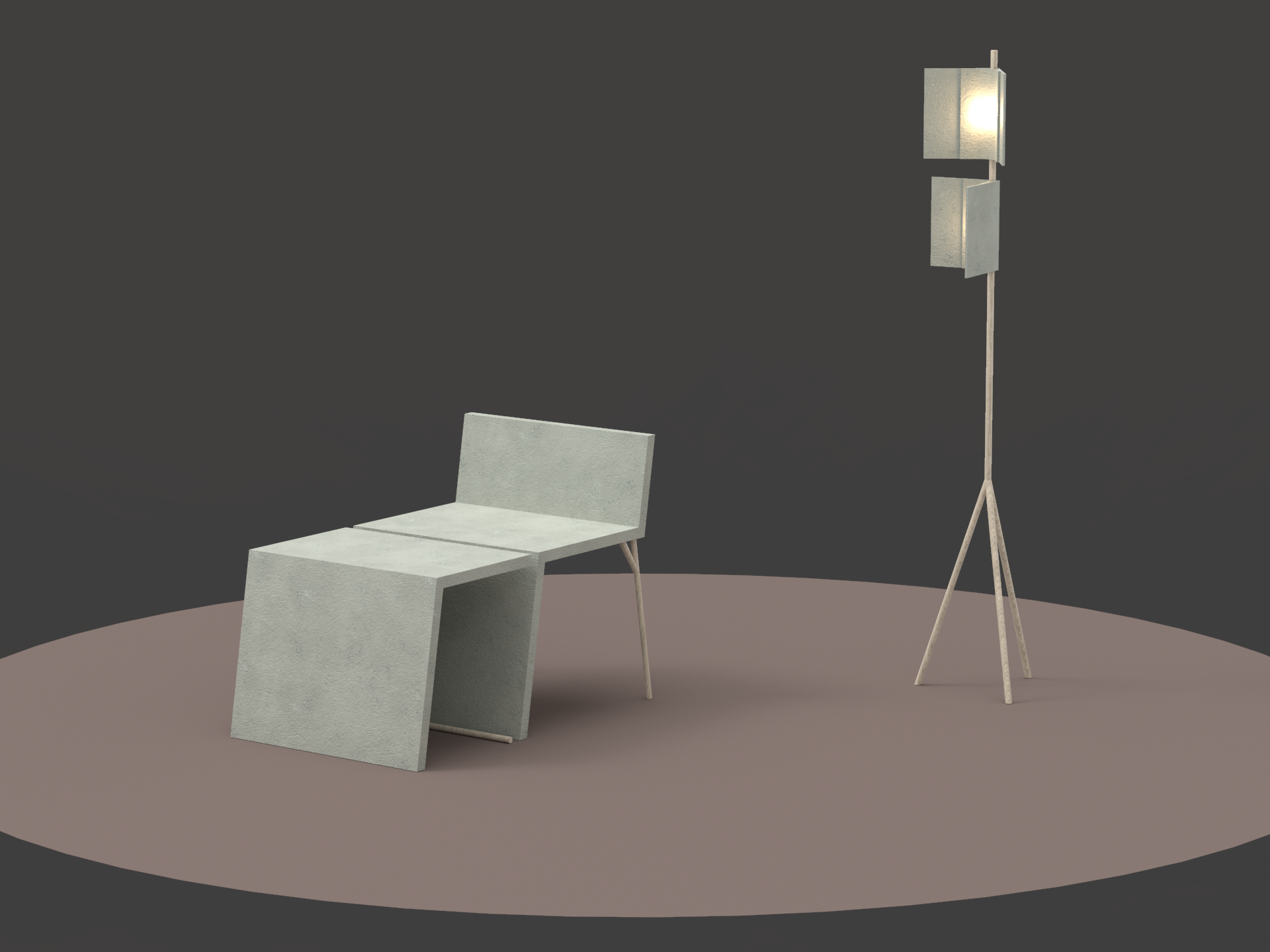
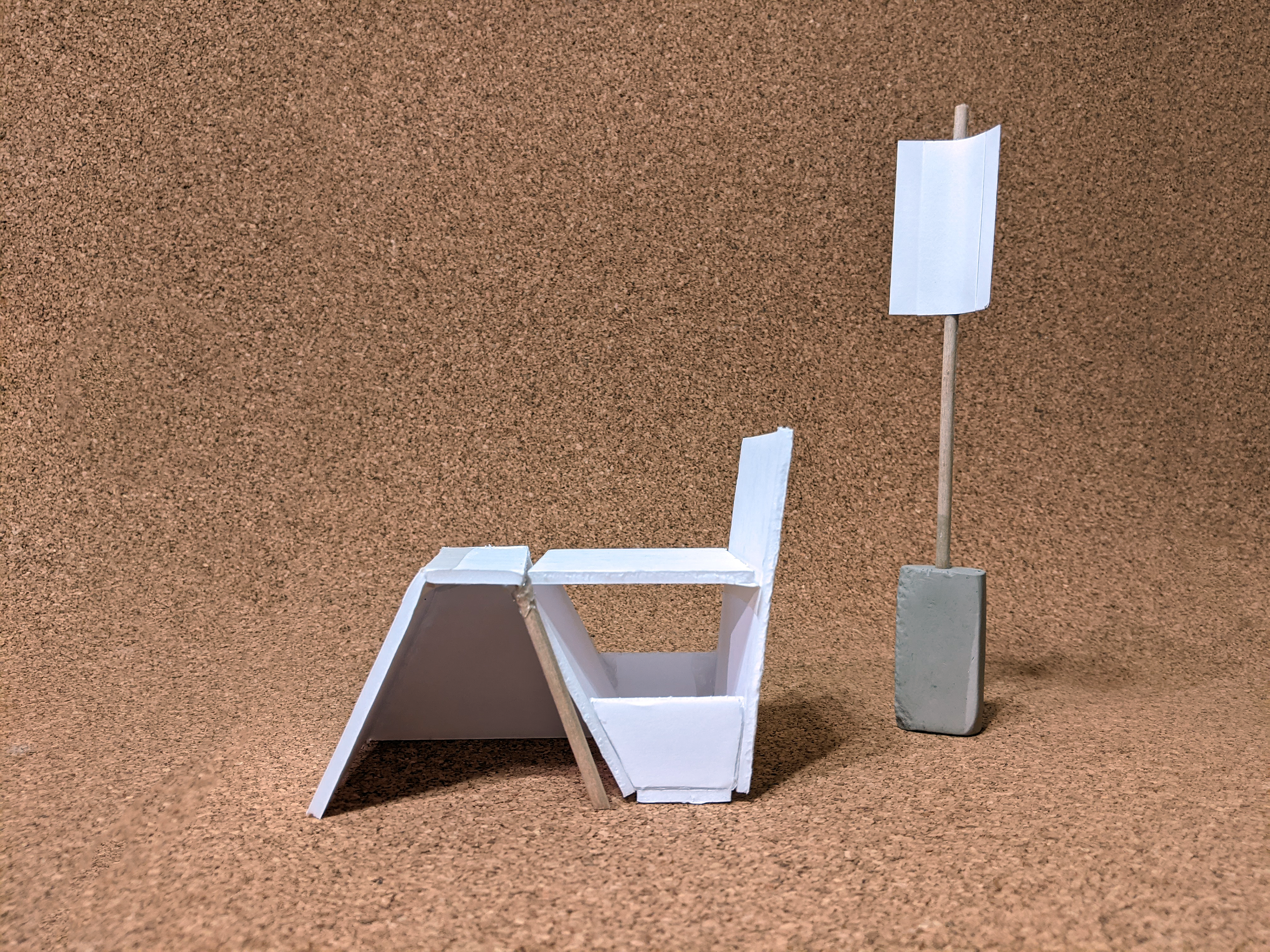
Concept 1 Revisions
This development reflects feedback concerning the availability of space in many people’s homes, especially young adults working from home only temporarily. The concept was therefore refined to give one seat the function of both a desk chair and a lounger, rather than taking up the space for each individually. The table can be flipped horizontally when not in use to extend the seat into a raised chaise-like arrangement.
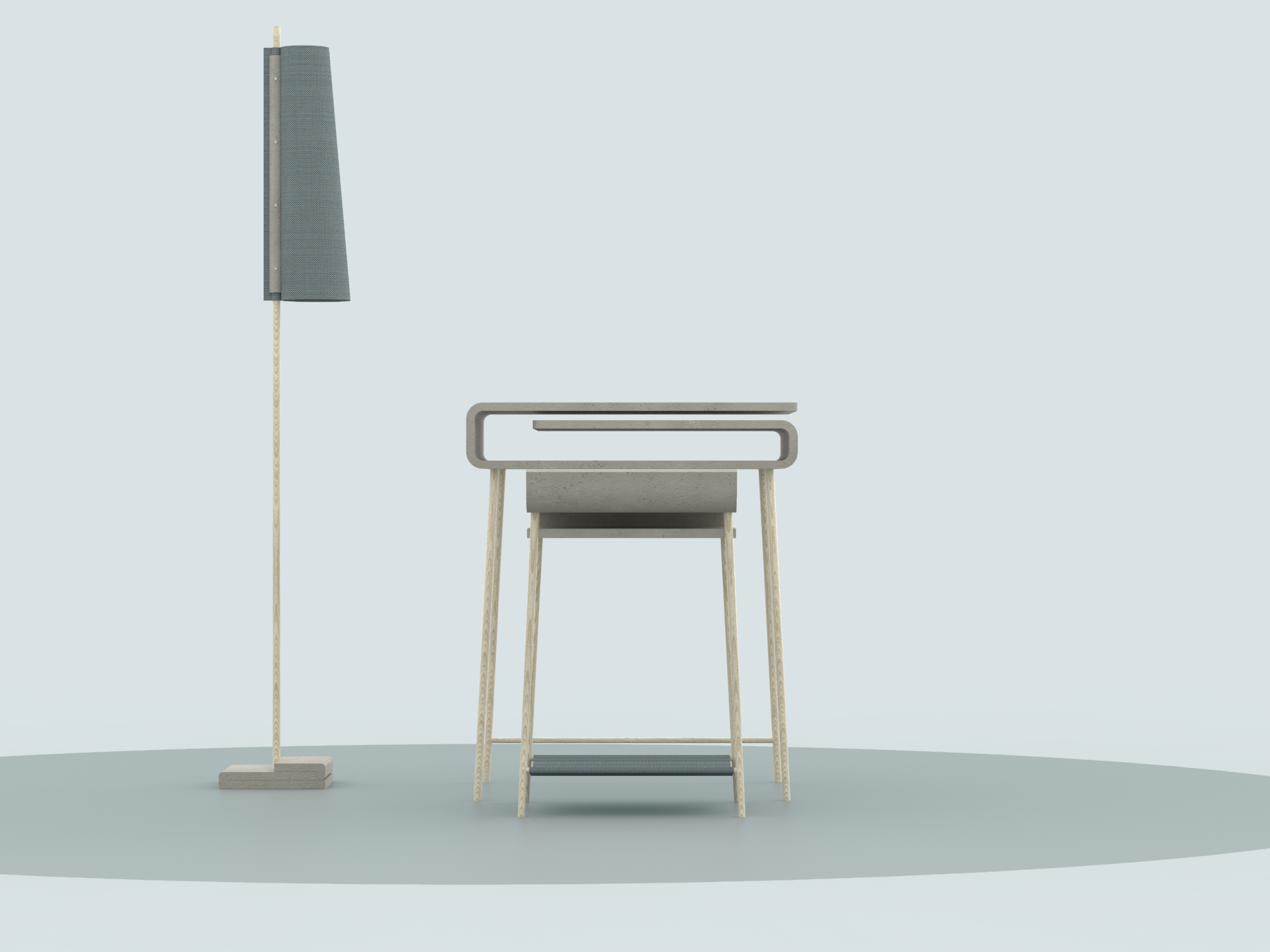
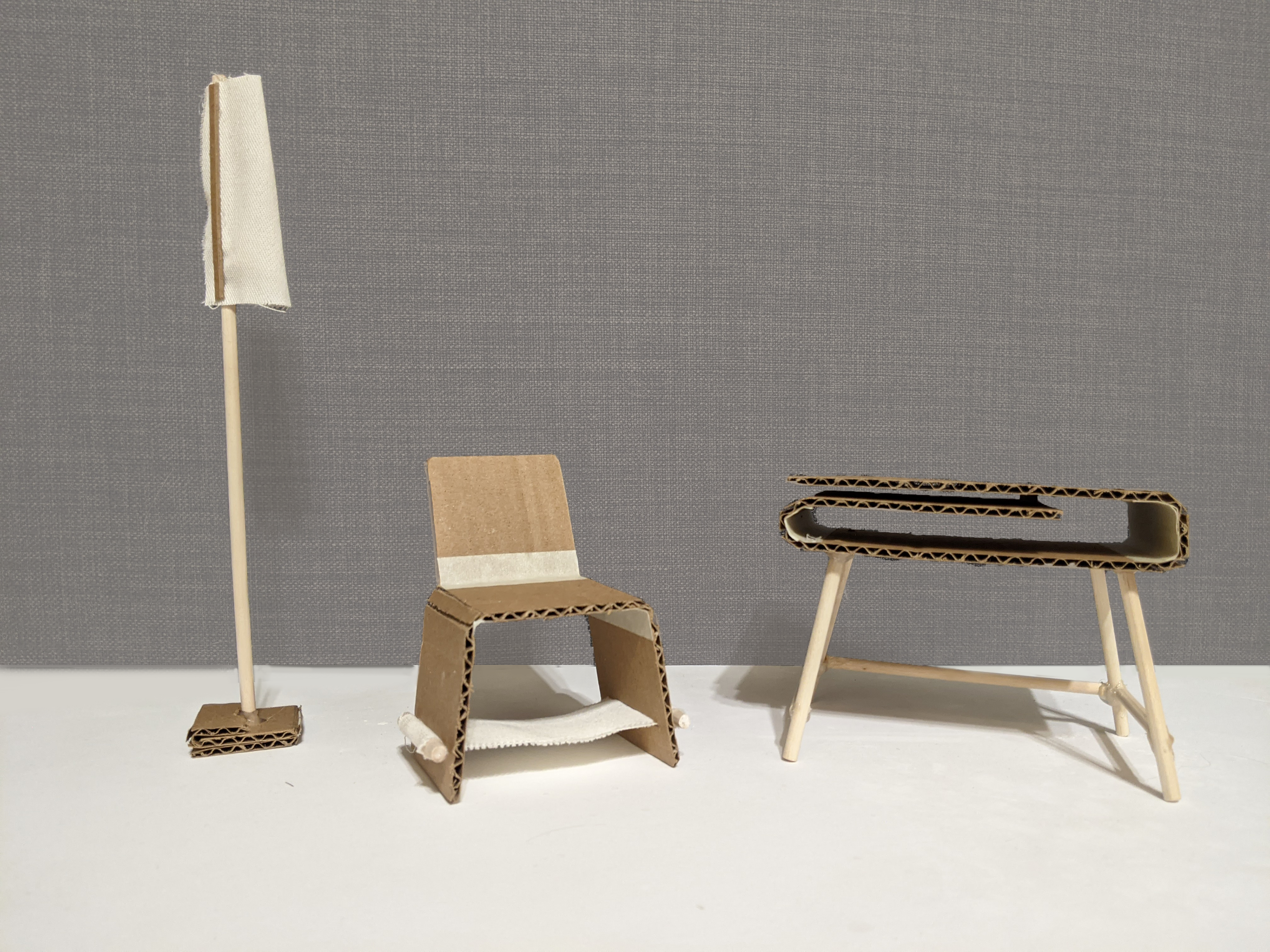
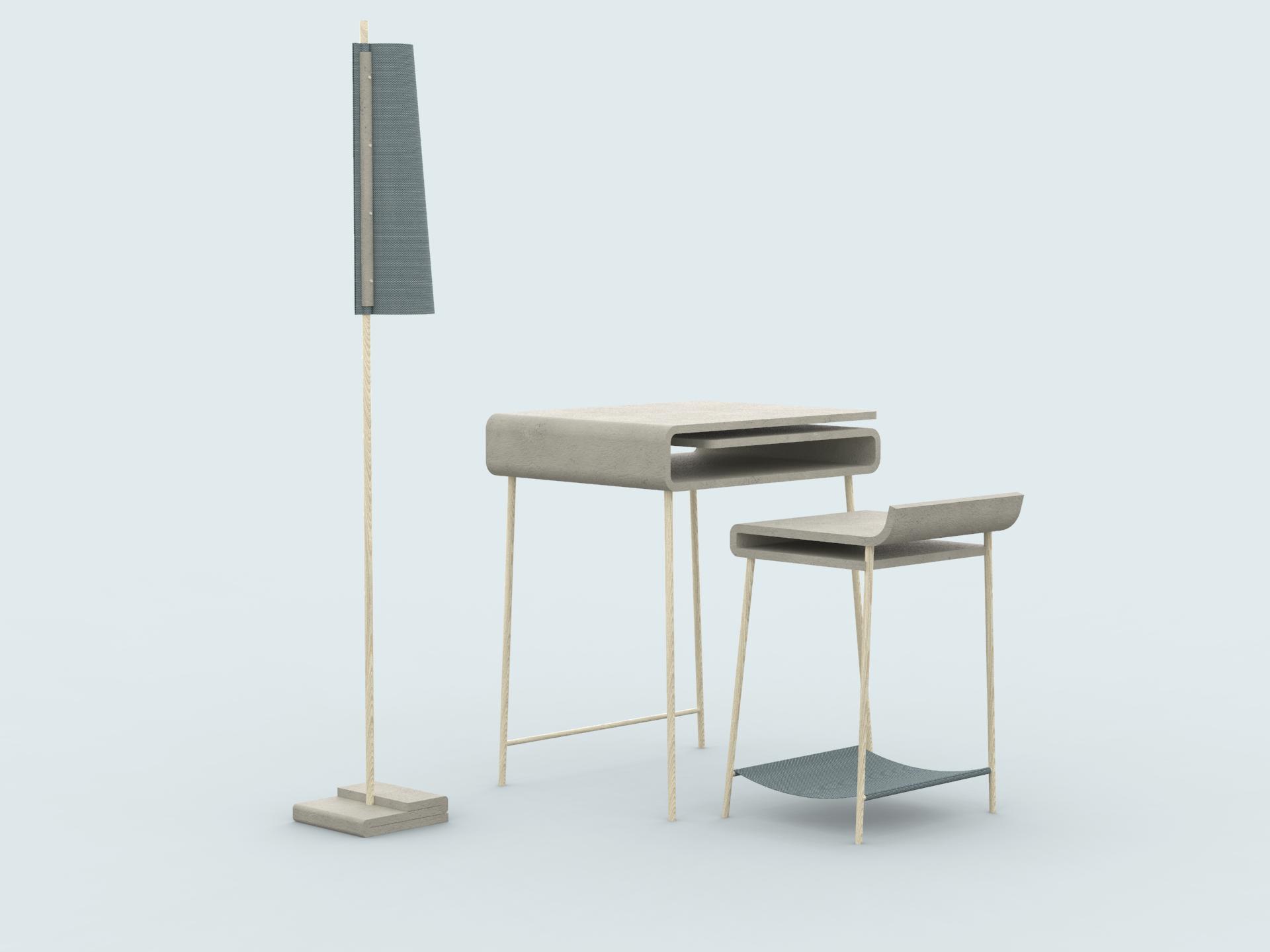
Concept 2 Revisions
The adjustments made to this design were done in an attempt to functionalize the original forms explored in the first iteration. The curved table profile is mimicked in the top of the desk, offering a "floating" shelf beneath the desk top and area for storage. The design no longer has invertible orientations. It is meant to more cater to those who work on desktop computers, as they don't always have the mobility of those who only require a laptop. The use of fabric in the chair offers another area for storing belongings, or perhaps even a furry friend.
Concept Selection
Upon peer feedback, Concept 1 was found to have more merit as a unique, compelling, and functional collection. The dynamic form and interactions represent an embrace of the worker and their home-workplace lifestyle. After concept selection, additional scale models and iterations follow, leading to the final form selection for each piece.
The TLC trio embraces the worker from home by encouraging comfortable productivity and activity. By offering two seat styles, the sectional piece gives buyers the option move back and forth between an upright or reclined position. The distinctive chaise-chair combination and the marriage of both machined and organic materials excites viewers. This progressive and elegant collection adapts to meet the preferences and environments of its users.
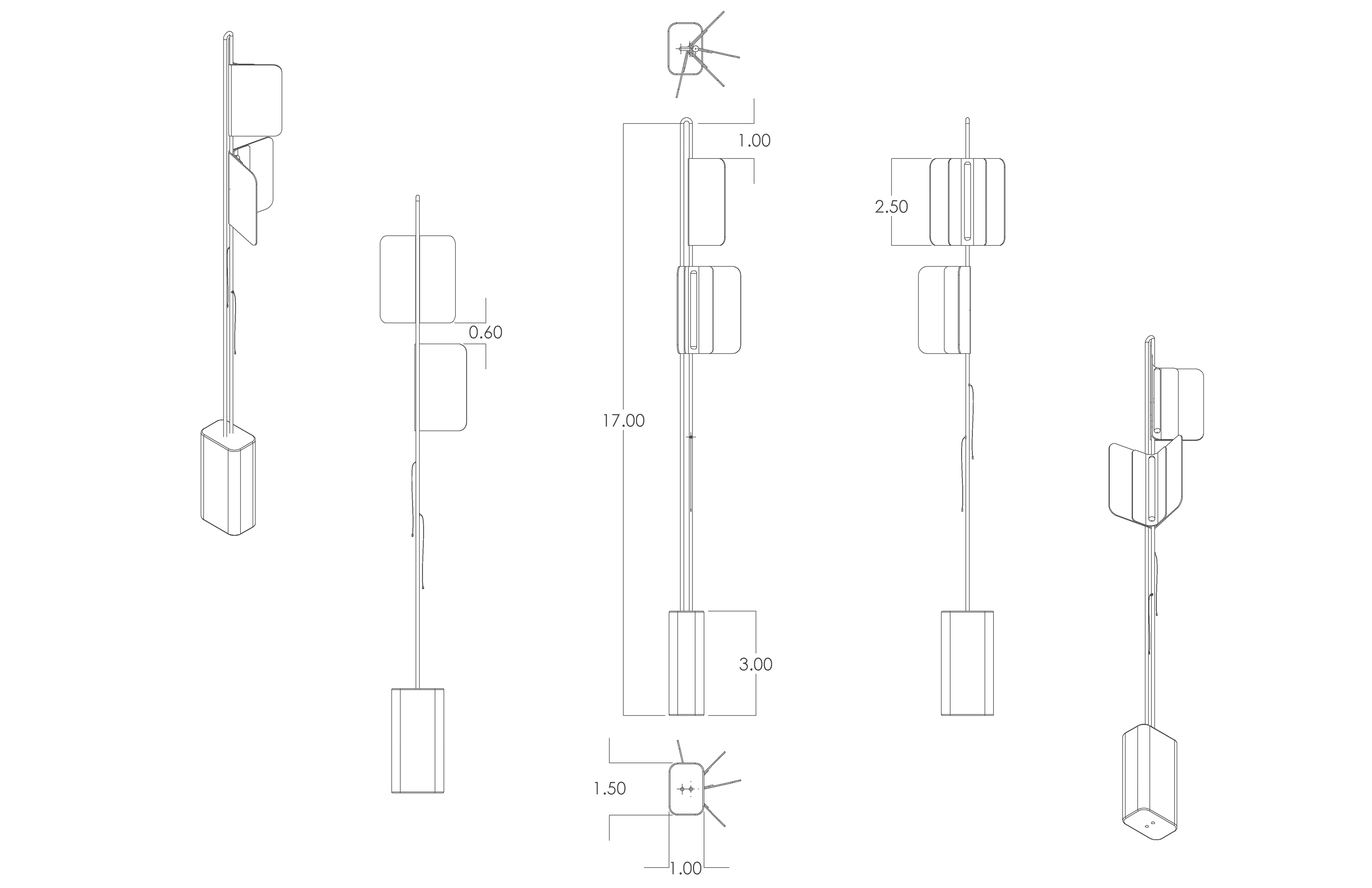
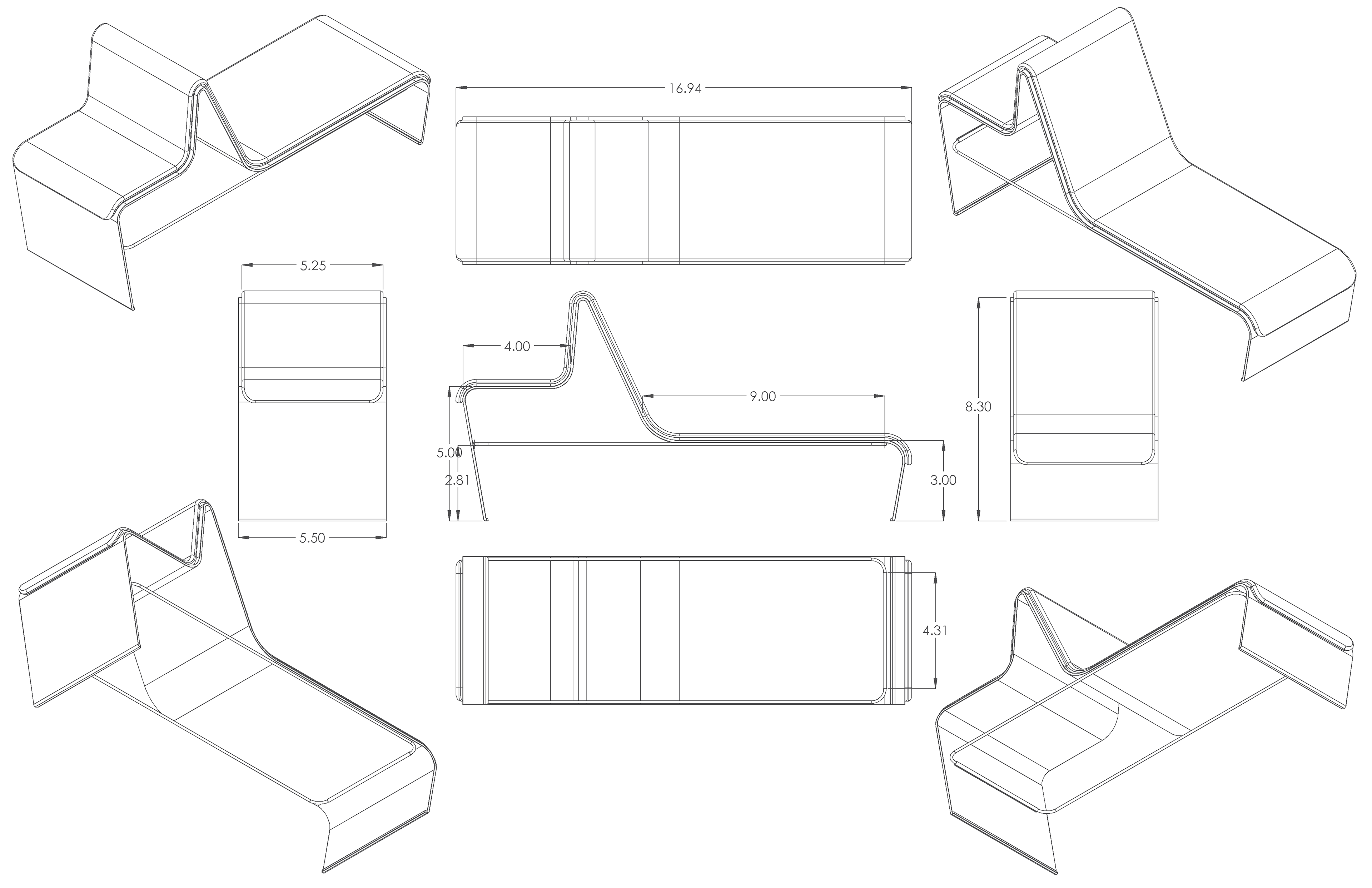
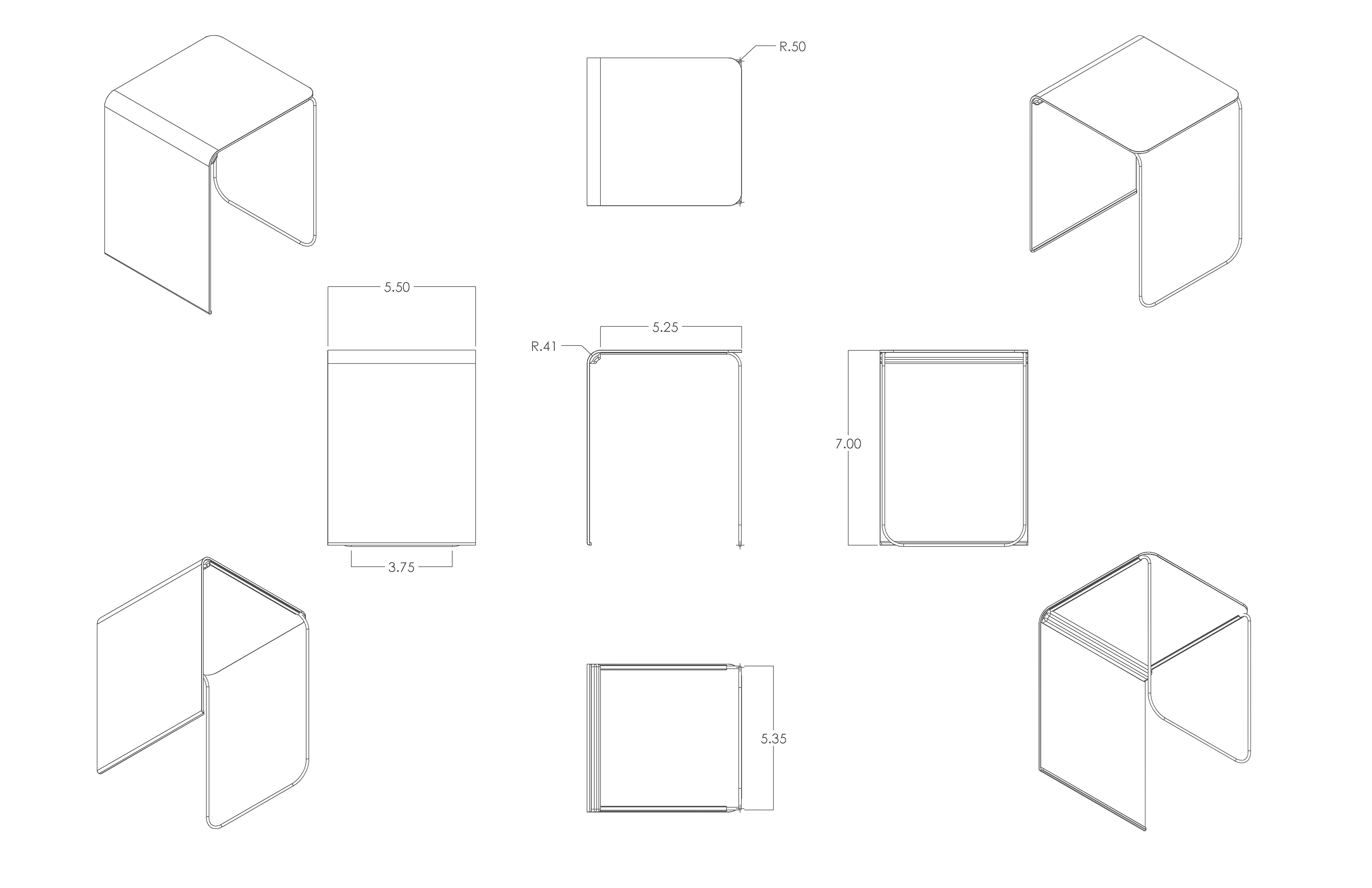
With further consideration given to sustainability, the trio is intended to feature mycelium - the vegetative root structure of mushrooms. This versatile material can be used in place of animal leathers and difficult-to-recycle upholstery foam. Mycelium is carbon-negative, easily grown, and compostable, with innovative applications in both architecture and textile design. It can be carved, molded, and even 3D printed. After baking and desiccating the mycelium, the final product is an inert, lightweight, firm, and completely natural product.


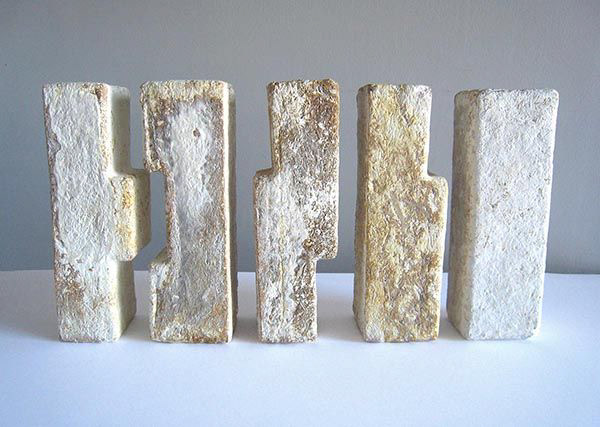

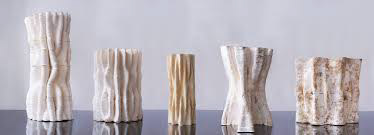



.
This is an ongoing thesis project. Please stay tuned for the next phase of the process: manufacturing.
Until then, enjoy these images of personal explorations in growing mycelium.

